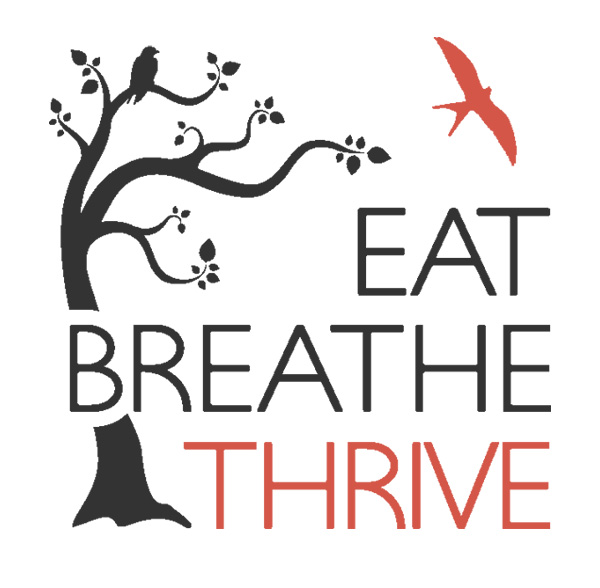What is Distress Tolerance? Understanding Skills for Emotional Resilience
What is Distress Tolerance?
Distress tolerance refers to the ability to manage, withstand, or resist negative emotions and impulsive reactions to anger, fear, or discomfort. It is one of the core components of Dialectical Behavior Therapy (DBT) and plays a crucial role in emotion regulation and coping with distressing situations. While it is an important skill, individuals with overcontrolled tendencies—such as those with eating disorders—often already have too much distress tolerance. They can tolerate discomfort for extended periods but struggle with emotional expression, flexibility, and social connection.
This article explores the balance between tolerating distress and emotional flexibility, how Radically Open Dialectical Behavior Therapy (RO DBT) differs from traditional DBT, and strategies to build a healthier relationship with distress.
Understanding Distress Tolerance in DBT
Distress tolerance skills in DBT help individuals cope with emotional crises without making impulsive decisions or worsening their situation. Some key distress tolerance skills include:
Self-soothing techniques (e.g., breathing exercises, grounding techniques)
Distraction methods (e.g., engaging in activities to shift focus away from distress)
Crisis survival skills (e.g., radical acceptance, mindfulness, and improving the moment)
These tools can be life-changing for those who experience emotional dysregulation and need practical ways to tolerate distress without self-destructive behaviors.
However, for individuals with overcontrol, the challenge is not a lack of distress tolerance but an excess of it.
Overcontrol: When Distress Tolerance Becomes a Barrier
People with overcontrolled traits—such as those with restrictive eating disorders, obsessive-compulsive tendencies, or high-functioning anxiety—often have excessive distress tolerance. This means they can endure emotional pain, discomfort, and distress for long periods without expressing their needs or seeking help.
Signs of Overcontrol:
High distress tolerance: Suppressing emotions and enduring discomfort without seeking relief.
Perfectionism and rigidity: Holding excessively high standards and struggling with flexibility.
Emotional suppression: Appearing calm on the surface while struggling internally.
Social isolation: Difficulty expressing emotions, leading to disconnection from others.
For individuals who fit this profile, traditional distress tolerance DBT skills may not be enough—they need a different approach to recovery and emotional growth.
RO DBT Skills: A Different Approach to Emotional Resilience
Radically Open Dialectical Behavior Therapy (RO DBT) is specifically designed for people with overcontrolled coping styles. Unlike traditional DBT, which emphasizes distress tolerance, RO DBT focuses on emotional openness, flexibility, and social connection.
How RO DBT Differs from Traditional DBT:
Less focus on distress tolerance: Overcontrolled individuals already tolerate distress too well; they need to learn how to express emotions.
Emphasis on “radical openness”: Encourages vulnerability, trying new experiences, and embracing emotional discomfort as part of growth.
Building the social safety system: Helping individuals shift from threat-focused survival mode to trust and connection with others.
Distress Tolerance Skills & RO DBT
When the brain perceives threat or emotional distress, the fight-or-flight system is activated, making emotional expression and connection difficult. RO DBT teaches skills to activate the social safety system, which fosters emotional openness and trust.
Strategies to Activate Social Safety:
The Big Three + 1:
Lean back in your chair – Signals relaxation and trust.
Take slow, deep breaths – Helps regulate the nervous system and reduce stress.
Use a closed-mouth cooperative smile – Encourages genuine social connection.
Raise your eyebrows slightly (the “eyebrow wag”) – A subtle signal of affection and warmth.
Sensory Regulation Techniques:
Touch: Deep pressure, massage, or hugs to soothe the nervous system.
Chewing: Eating and swallowing naturally activate relaxation responses.
Hearing: Listening to calming music or soothing voices promotes a sense of safety.
Vision: Looking at photos of loved ones, pets, or nature to calm the brain.
Managing Distress & Building Emotional Resilience
For individuals who struggle with emotional suppression, certain physical techniques can help regulate the nervous system and manage distress more effectively:
1. The Dive Reflex
Splashing cold water on the face or holding an ice pack to the cheeks can slow the heart rate and promote relaxation.
2. Intense Exercise
Physical activity releases endorphins, activates the brain’s pleasure system, and inhibits the defensive threat system, making it easier to tolerate distress.
Moving from Distress Tolerance to Emotional Resilience
For individuals with overcontrol, the challenge isn’t learning to tolerate distress—it’s learning to let go, express emotions, and build genuine connections. RO DBT shifts the focus from endurance to openness, helping people move from rigid control to emotional flexibility and social engagement.
About the Author

Amanda Kujawa is the creative manager of Eat Breathe Thrive. She supports the creative direction of emails, promotional materials, and the website. Amanda works to build connections between people and ideas through storytelling. She is interested in how folks navigate work, life, and their mental health with the overarching goal of working together toward building more compassionate communities.
A couple of years into her own recovery from an eating disorder, Amanda sought out volunteer opportunities to support the eating disorder community. She came across Eat Breathe Thrive and fell in love with the mission and the brilliant, kind, and passionate people bringing that mission to life.
